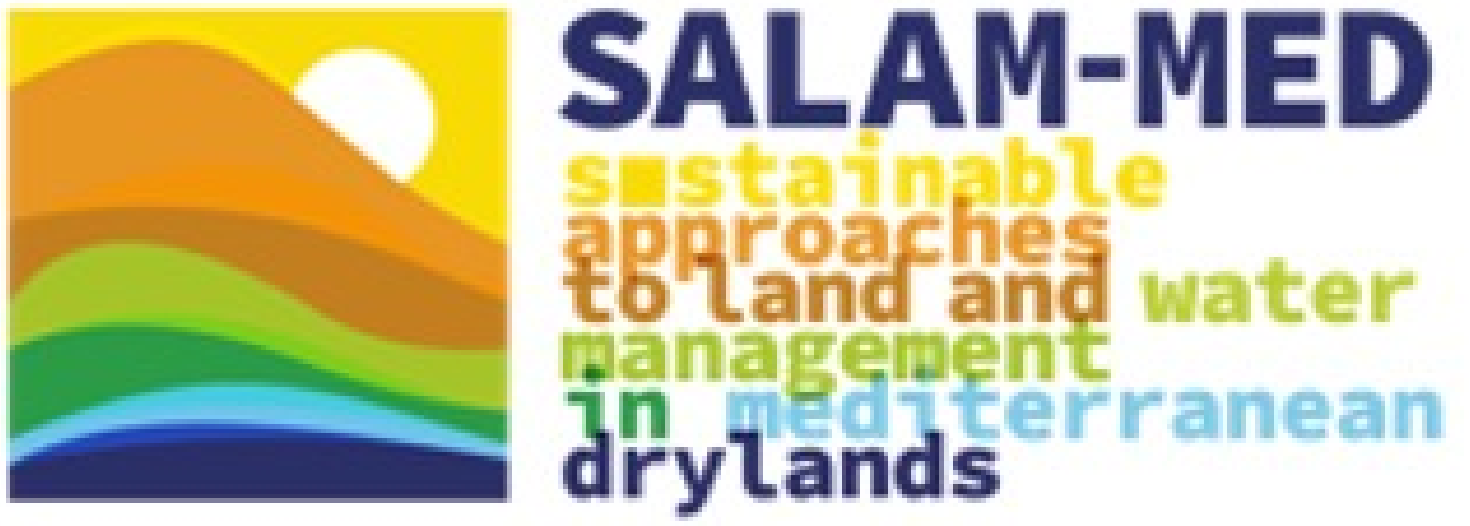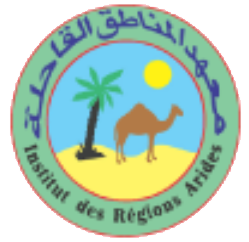Technology
Management of aquifer recharge systems
![[MAR System] 2 - Mongi BEN ZAIED](https://platform.salam-med.org/wp-content/uploads/2023/09/MAR-System-2-Mongi-BEN-ZAIED.jpg)
Electrical Resistivity Tomography (ERT) surveys will be carried out in the recharge well location using resistivity instruments
![[MAR System] 1 - Mongi BEN ZAIED](https://platform.salam-med.org/wp-content/uploads/2023/09/MAR-System-1-Mongi-BEN-ZAIED.jpg)
Design of infiltration chamber related to recharge well
![[MAR-System]-4---Mongi-BEN-ZAIED](https://platform.salam-med.org/wp-content/uploads/2023/09/MAR-System-4-Mongi-BEN-ZAIED.jpg)
![[MAR-System]-3---Mongi-BEN-ZAIED](https://platform.salam-med.org/wp-content/uploads/2023/09/MAR-System-3-Mongi-BEN-ZAIED.jpg)
Example of existing recharge well
About the technology
The solution
In Koutine watershed, a recharge chambers will be built around existing old recharge well. The recharge chamber increases infiltration of collected water into the aquifer and consequently the effectiveness of the artificial recharge. The Electrical Resistivity Tomography and topography surveys engaged in the location of projected recharge chambers in order to well design and concept their characteristics. At farmer scale a scalable practice will be conducted for local farmers in order to increase the productivity of crops. the activity is based on smart irrigation.
Objectives of the project
The objectives to be achieved consist on monitoring the impacts of the recharge wells on the aquifer by monitoring piezometer level and checking impact in terms of quality, quantity, and sustainable use of groundwater. The main objectives are to improve efficiency of the existing MAR system combined with others Sustainable Land and Water Management (SLWM) and to increase the water use efficiency by to increasing the productivity of crops, while reducing the use of water resource.
Ecological context
Managed aquifer recharge (MAR) is a technology that is becoming more and more common; however, it is rarely examined how important groundwater flow dynamics are in MAR systems. It is a collection of many techniques for recharging groundwater for later recovery or environmental advantages. It helps create subsurface water storage, maintains groundwater-dependent ecosystems, and decreases land subsidence, all of which have good benefits for the environment.
Main constraints
The main constraints to the use of recharge wells are the availability of surface water, which in arid regions depends on precipitation (less than 200 mm), the availability of funds to build the necessary infrastructure (from an economic standpoint), and geological and technical considerations to find an appropriate site for recharge.
Main business opportunities
Frequently, the economic advantages of improving Management aquifer recharge system (artificial recharging) are tied to agriculture. The possibility for an increase in the total area irrigated due to more water availability or an increase in crop yields per hectare due to improved soil productivity are two frequently mentioned advantages.
Socio-economic context
This practice solution can be used to increase farmers’ income, reduce the rural exodus.
Information to maximize the adoption
In dry areas, managed aquifer recharge (MAR) is becoming more widely used to manage excess water volumes and reduce the effects of dewatering on groundwater. The MAR system protects aquifers for the people’s benefit and the environment. The viability of MAR is greatly influenced by hydrogeological conditions, economic factors, and surplus water amounts. Groundwater mounding and well clogging are frequent issues. Predictive groundwater modeling, thorough monitoring programs, injection facilities, physical and chemical treatments for clogging, and careful placement of MAR facilities in relation to neighboring activities are all examples of mitigation techniques.
Indexes
Workers needed
Skilled workers are essential
Ease of use
Learning to use the solution requires little time
Adaptability
Quick and easy to be adopted
Effectiveness
The solution address the challenge / problem
Reliability
The innovation is sufficiently stable over time
Cost
The investment needed to implement the innovation
Greenhouse emissions
Impact of on climate change
Water availability
The impact of technology on water availability
Water quality
The impact of technology on water quality
Technology Feedbacks
Have you had the opportunity to try this technology?
Leave your feedback and we will publish it.
Living Labs for testing and implementing this technology
Living Labs as a crossroads for the development of sustainable and resilient technologies for environmental, economic and social progress.
Egypt
Tunisia
Tech Responsible contacts
Mongi Ben Zaied
benzaied.mongi@gmail.com
Do you want to learn more about the suitability of our technologies?
Use our solution finder to check the usability of this technology in your area or agricultural business.
Leave your Feedback

